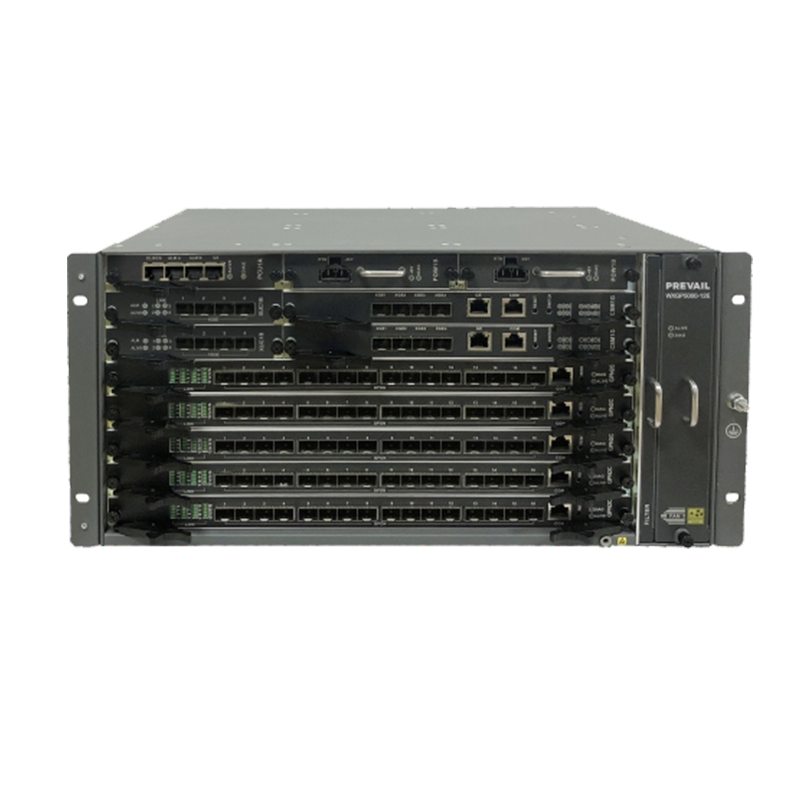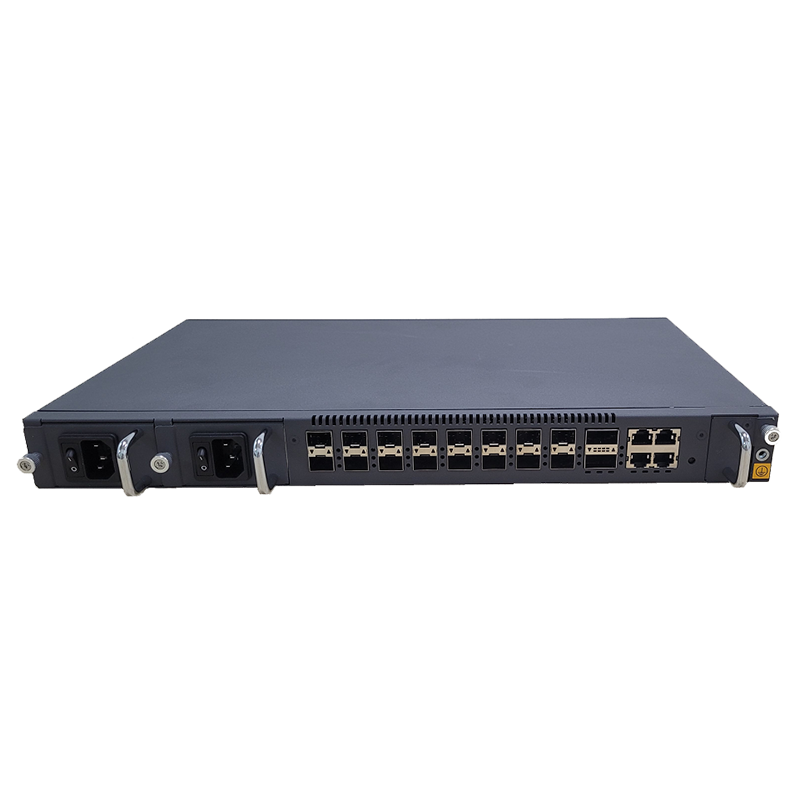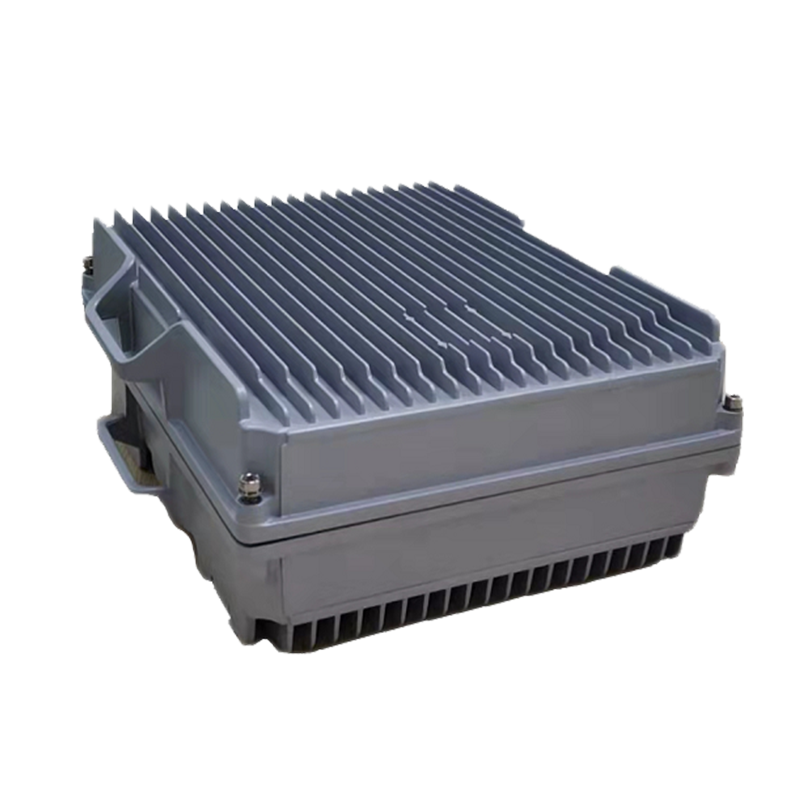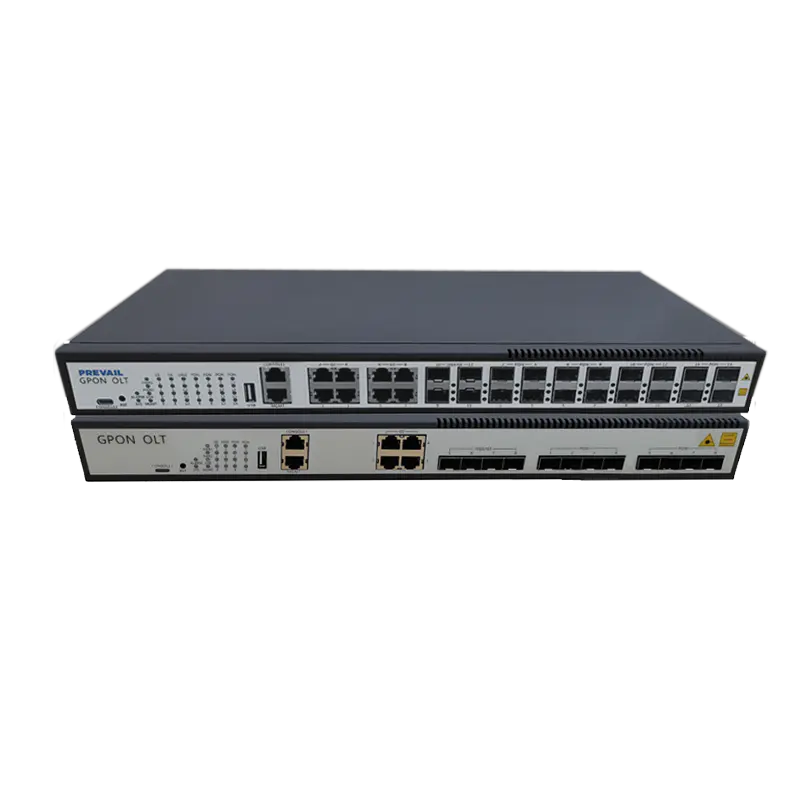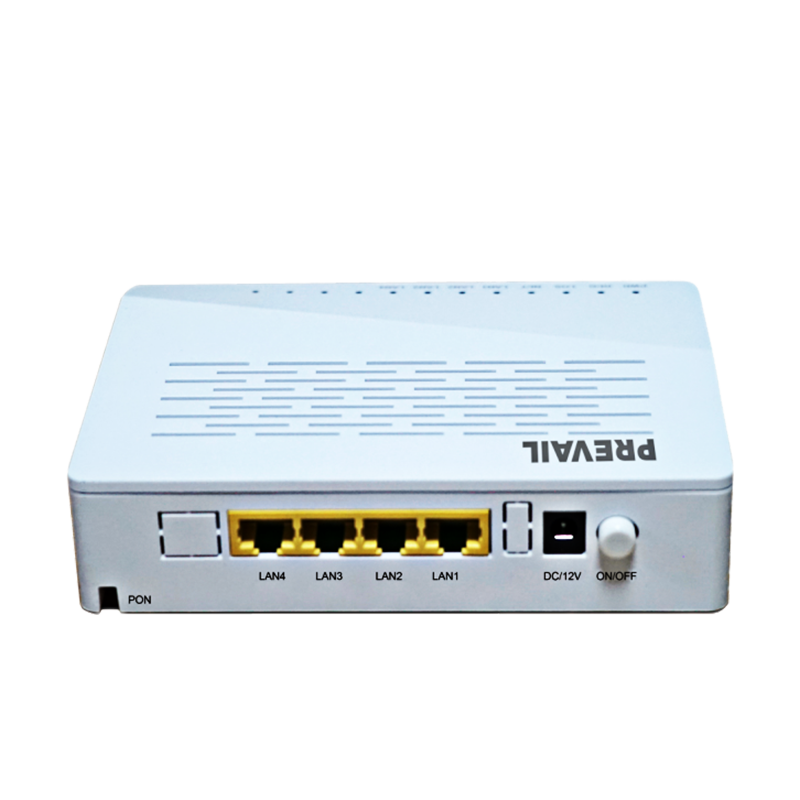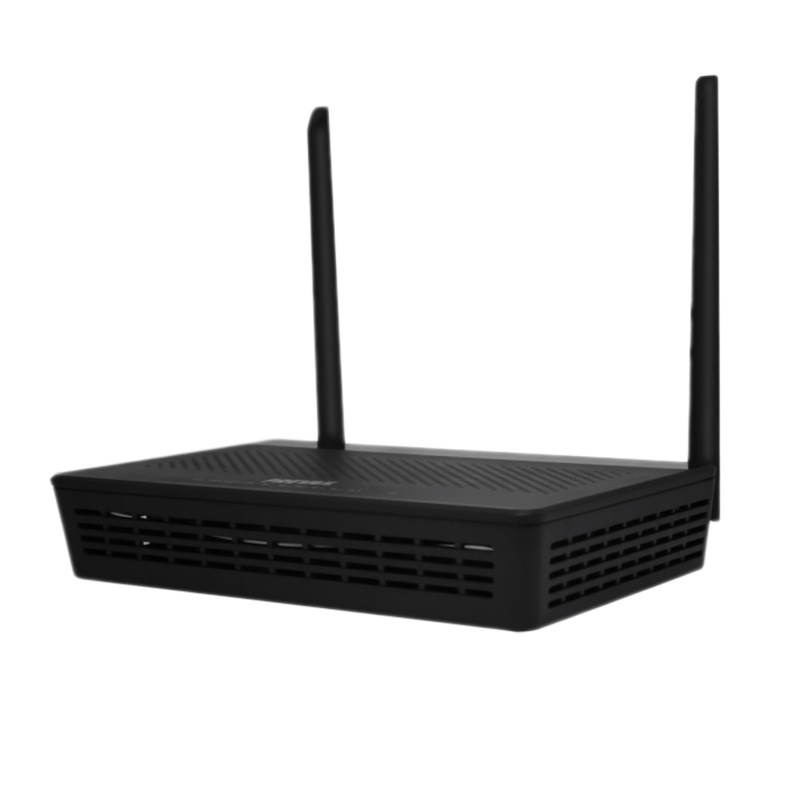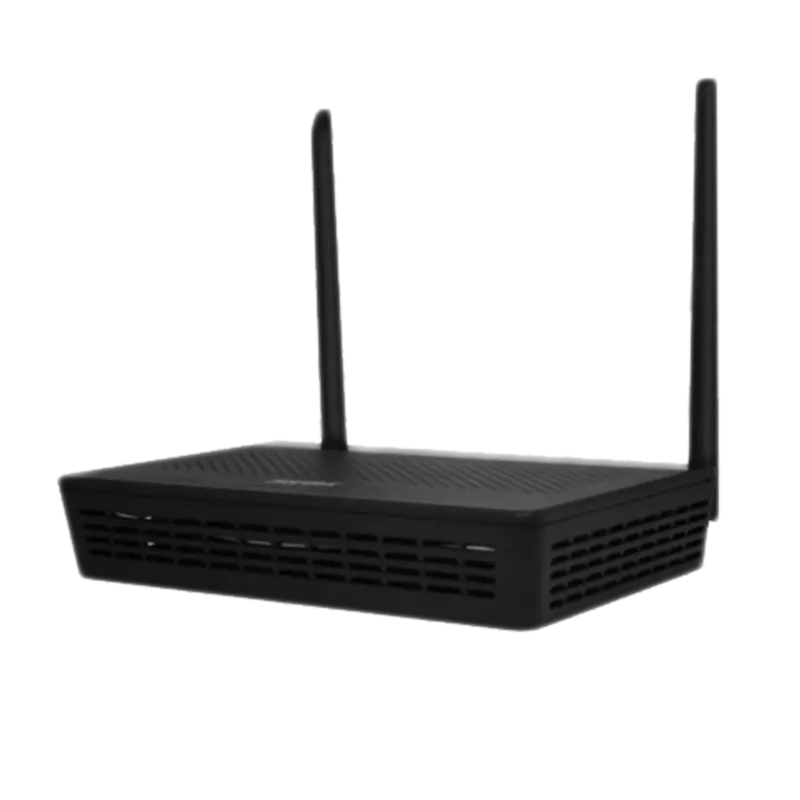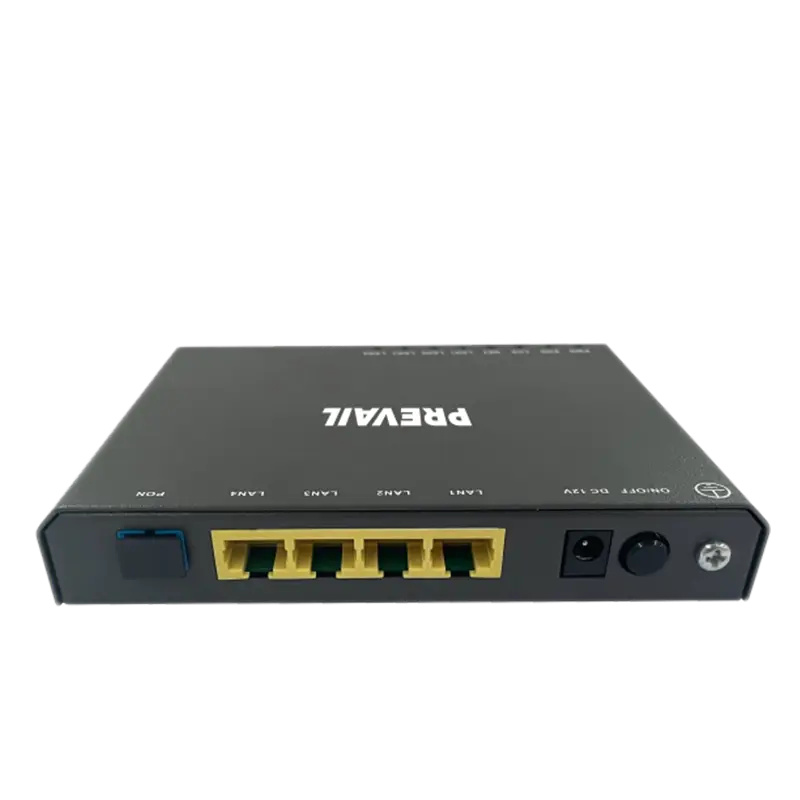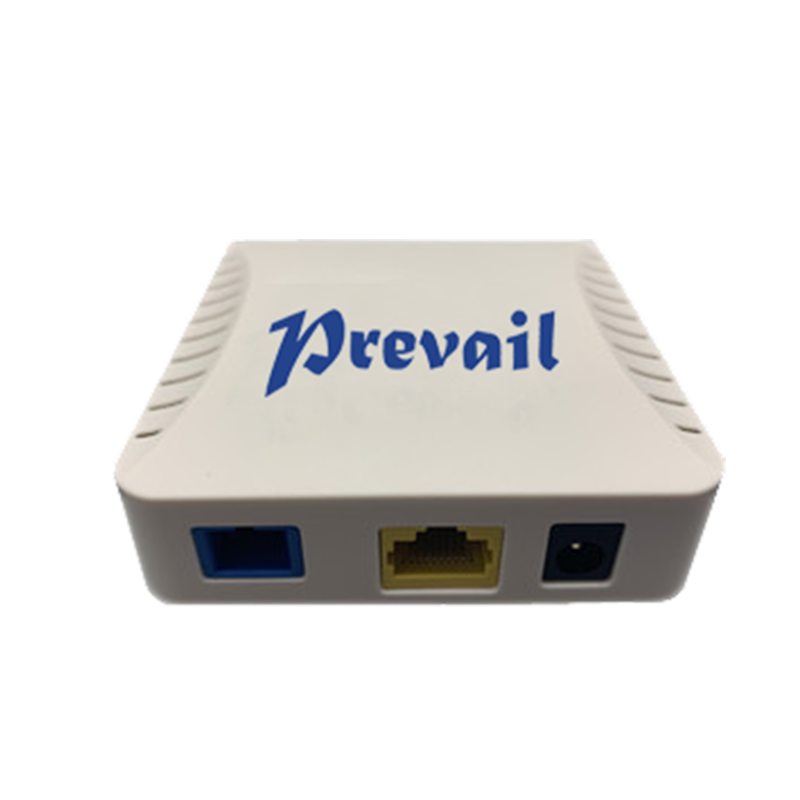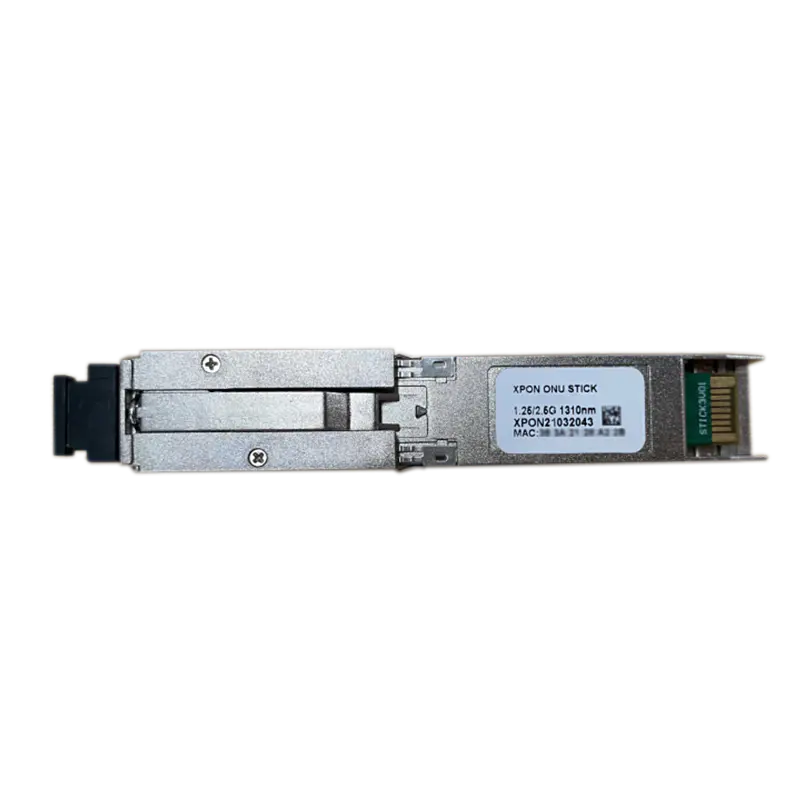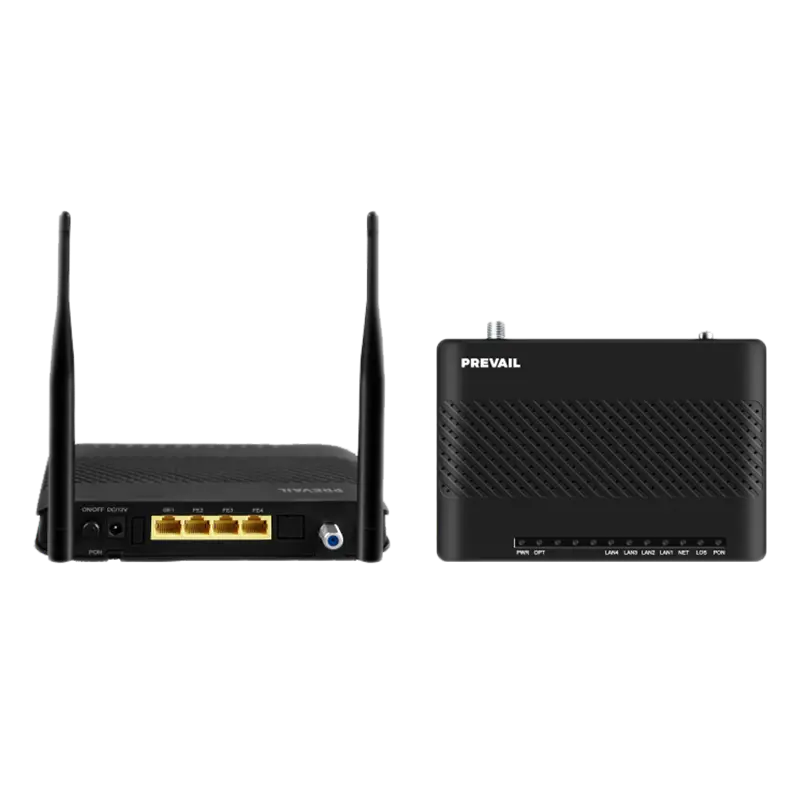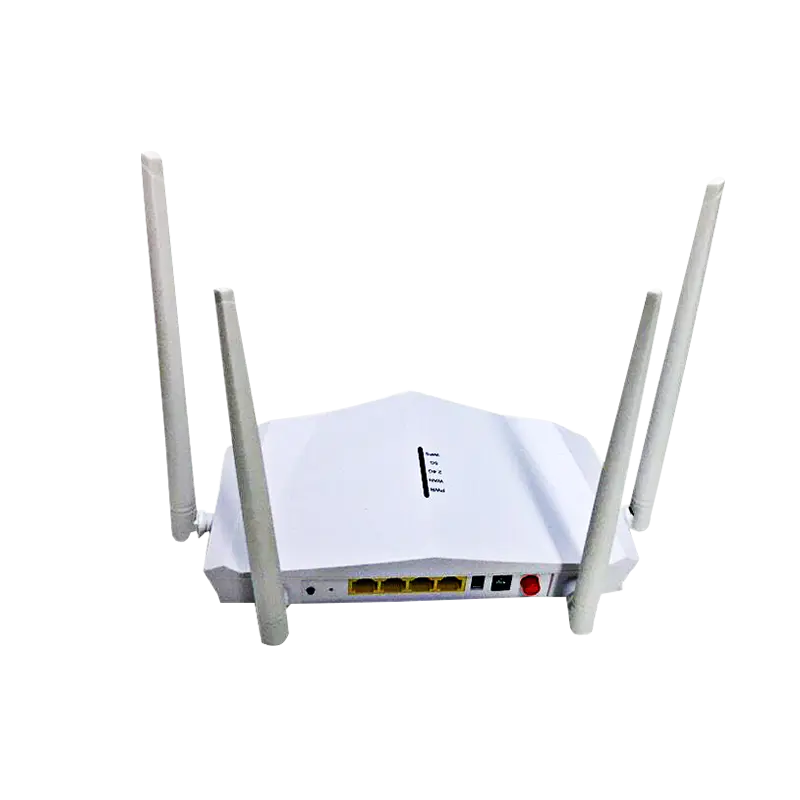What Is Digital CATV System Headend Equipment and Why Is It Crucial for Modern Cable Networks?
Digital CATV System Headend Equipment: The Backbone of Modern Cable TV Networks
In today's digital age, cable television (CATV) has evolved far beyond analog signals and limited channels. One of the most critical components in delivering high-quality digital content to viewers is Digital CATV System Headend Equipment. But what exactly is it, and why is it so vital for broadcasters, telecom operators, and MSOs (Multiple System Operators)? Let’s dive deep into its functions, components, advantages, and future trends.
What is Digital CATV System Headend Equipment?
A Digital CATV System Headend is the central processing unit of a cable television network. It's where all incoming signals—whether from satellites, terrestrial TV, internet, or local studios—are received, decoded, processed, encoded, and modulated before being distributed over coaxial or fiber-optic cables to end-users.
In simple terms, it's the “brain” that controls what goes out to your television.
Key Components of a Digital CATV Headend System
Modern headend systems consist of various sophisticated devices working together, including:
Satellite Receivers / IRDs (Integrated Receiver Decoders):
Receive encrypted or free-to-air signals from satellites and decode them into usable digital formats.
Encoders:
Convert analog AV signals into digital formats like MPEG-2 or MPEG-4.
Multiplexers (MUX):
Combine multiple digital video and audio streams into one transport stream.
Scramblers / Conditional Access System (CAS):
Control access to paid content, encrypting channels for authorized users only.
Modulators (QAM / OFDM):
Modulate the signals into specific frequencies suitable for transmission over cable networks.
IPTV Gateways / Transcoders:
Convert and transmit digital content over IP networks for hybrid systems.
Edge QAM / IPQAM:
Accept IP input streams and convert them to RF output for CATV delivery.
Management Software / NMS (Network Management System):
Helps operators manage channel lineups, monitor health, and control equipment remotely.
How Does Digital Headend Equipment Work?
Signal Reception:
It all begins with receiving video content via satellite dishes, IP feeds, or local studios.
Signal Processing:
The raw content is decoded, possibly re-encoded into a desired compression format, and multiplexed.
Encryption (If Needed):
Pay-TV or premium content is encrypted using CAS.
Modulation:
The digital signal is modulated to RF using QAM or other standards.
Distribution:
The final RF signal is amplified and sent through a coaxial or hybrid fiber-coax (HFC) network to consumers.
Why Is Digital Headend Equipment Important?
High-Quality Transmission:
Ensures clear, stable, and high-definition video output with minimal latency.
Flexible Channel Management:
Easily add, remove, or rearrange channel lineups through software.
Revenue Control:
CAS systems protect content and enable monetization through subscription models.
Hybrid Capability:
Supports both traditional CATV and IPTV delivery for modern convergence.
Remote Operation:
Many headend systems now support remote diagnostics and configuration.
Common Applications
Cable TV Operators
ISP and Telco TV Services
Campus and Hotel TV Networks
Government or Military Internal Broadcasting
Community or Local Channels
Digital vs. Analog Headend: What’s the Difference?
| Feature |
Analog Headend |
Digital Headend |
| Signal Type |
RF Analog |
IP / MPEG-TS |
| Picture Quality |
Limited (SD) |
High (HD/4K) |
| Channel Capacity |
Limited |
High (Hundreds of channels) |
| Bandwidth Efficiency |
Low |
High |
| Encryption |
Difficult |
Integrated CAS systems |
| Maintenance |
Manual |
Remote management capable |
Digital headends are clearly more advanced and scalable, offering vast improvements in both efficiency and functionality.
Top Considerations When Choosing Headend Equipment
Compatibility with existing infrastructure (IP-based or RF-based)
Support for high-definition and UHD formats
Encryption and subscriber management features
Scalability for channel expansion
Remote monitoring and troubleshooting tools
Low power consumption and heat generation
Integration with IPTV or OTT platforms
Popular Digital Headend Equipment Brands
Harmonic
Teleste
WISI
Blonder Tongue
Wellav
DEXIN
Appear TV
Alitronika
These brands are known for offering reliable, modular, and scalable digital broadcasting equipment for CATV and IPTV networks.
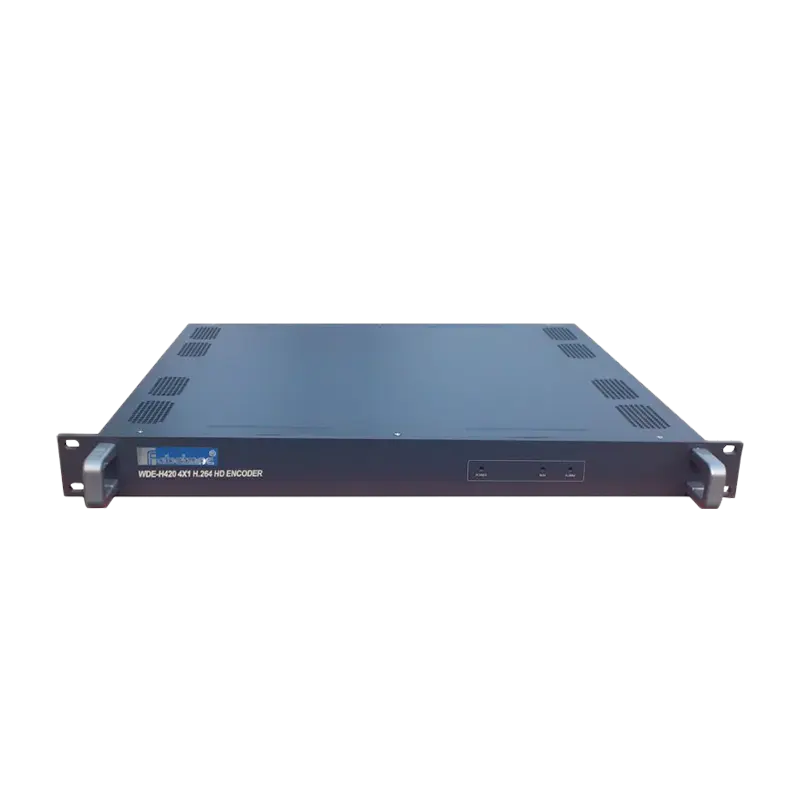
Future Trends in Headend Technology
All-IP Headends:
Full transition from RF-based to IP-based delivery for improved efficiency.
Cloud-Based Headends:
Virtualized headend systems allow remote setup and operation via the cloud.
4K and 8K Ultra HD Broadcasts:
Headends are evolving to support UHD transmission.
AI-Powered Monitoring:
Advanced analytics and fault detection using AI to reduce downtime.
Integration with OTT Platforms:
Many headends now support hybrid content delivery including YouTube, Netflix, and live streaming apps.
Frequently Asked Questions (FAQs)
Q1: Is digital headend equipment expensive?
Yes, but the cost depends on system size and complexity. Entry-level solutions are available for smaller networks.
Q2: Can I convert my analog headend to digital?
Yes, many vendors offer modular solutions for phased migration from analog to digital.
Q3: What compression format should I use?
MPEG-4 (H.264) is widely used for balancing quality and bandwidth. H.265 (HEVC) is common for 4K.
Q4: Do I need CAS for free channels?
No. CAS is used only for paid/encrypted content. Free-to-air (FTA) channels don’t need scrambling.
Conclusion
Digital CATV System Headend Equipment is the engine that drives modern cable TV services, ensuring that high-quality, secure, and scalable content reaches millions of households. With the convergence of IP technologies, cloud-based control, and advanced modulation, digital headend systems are a future-proof investment for any content distributor.





